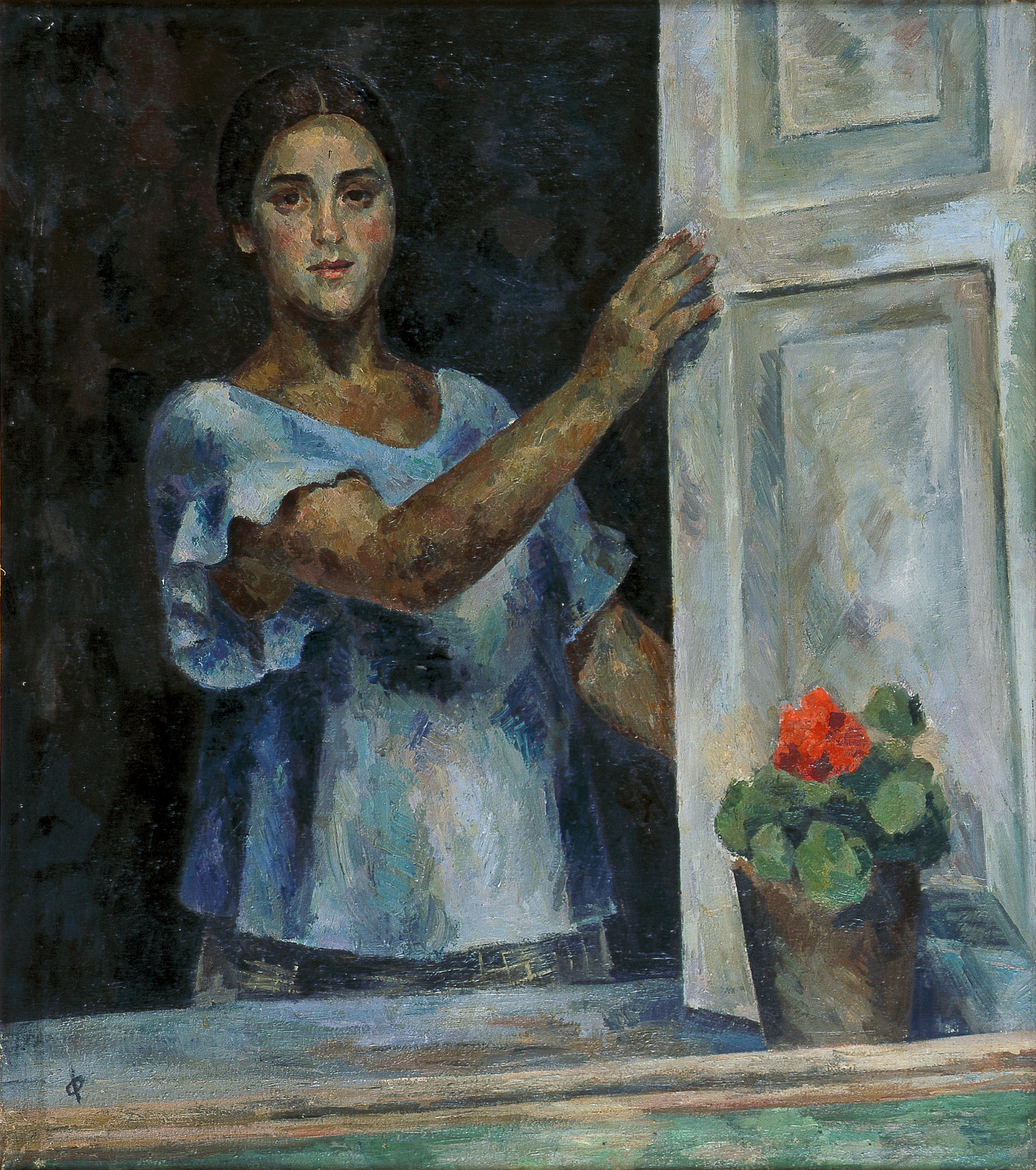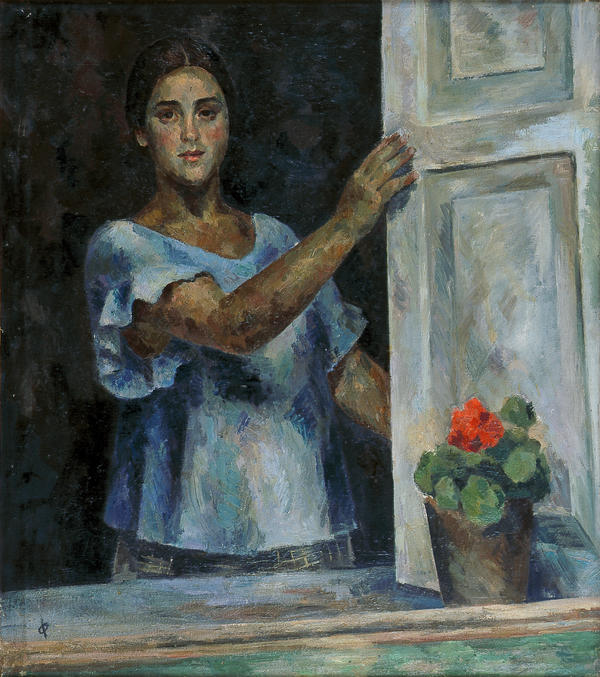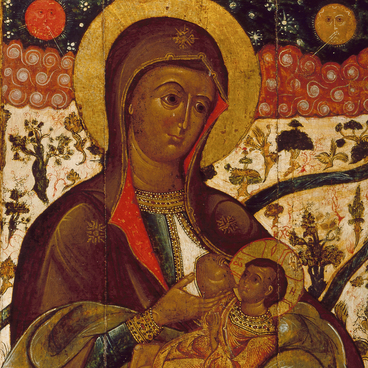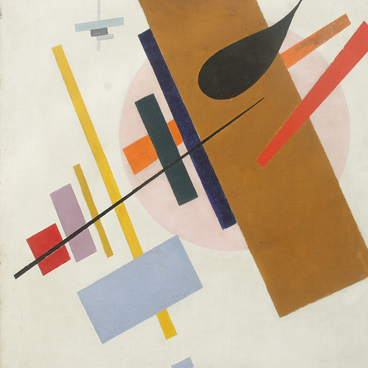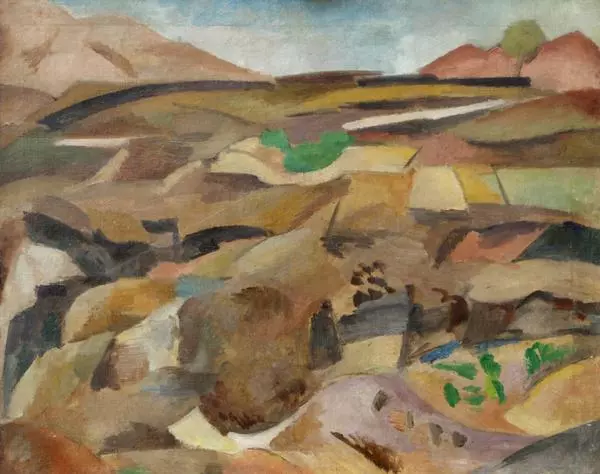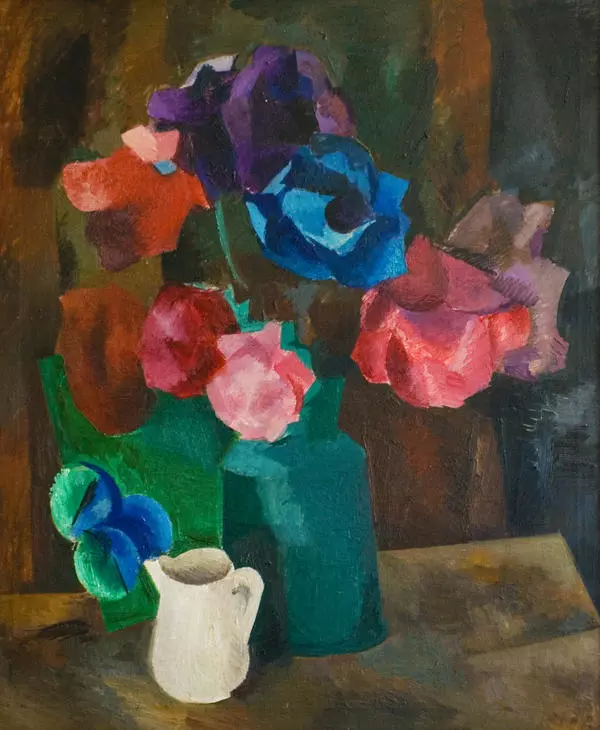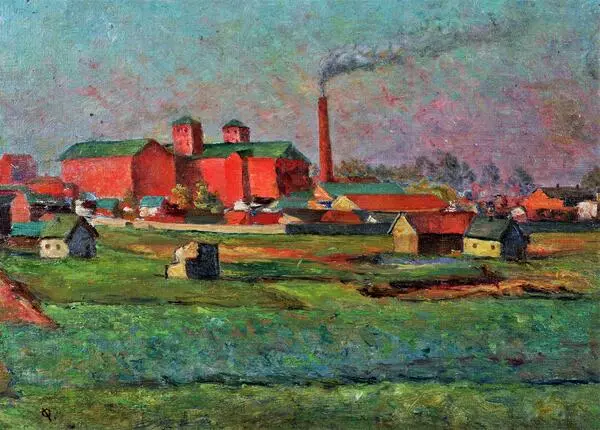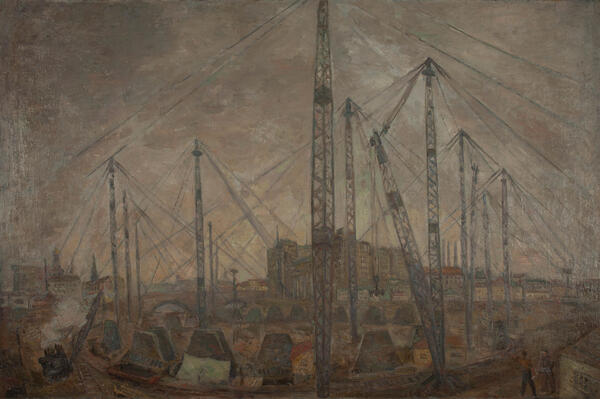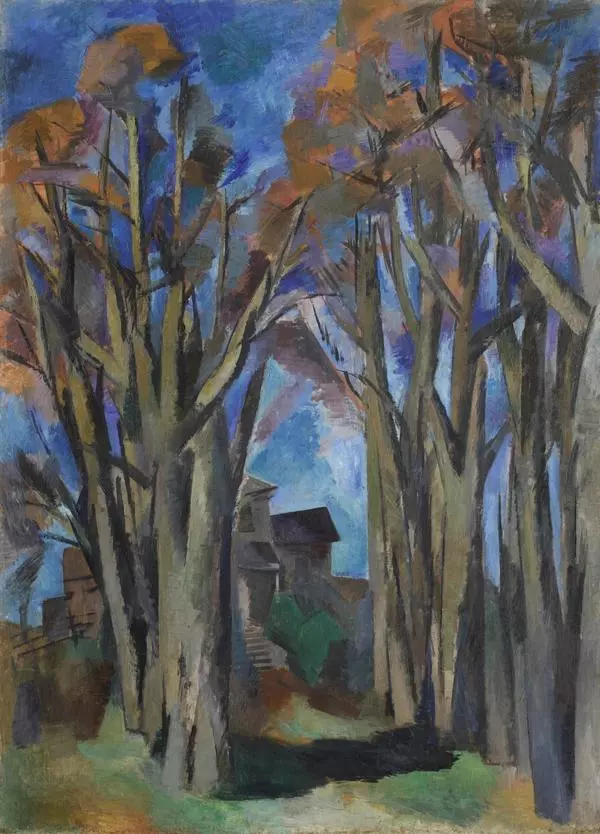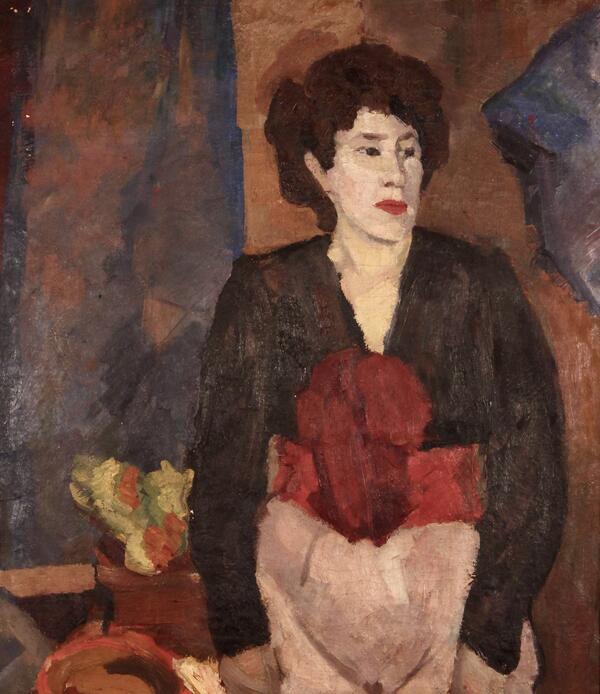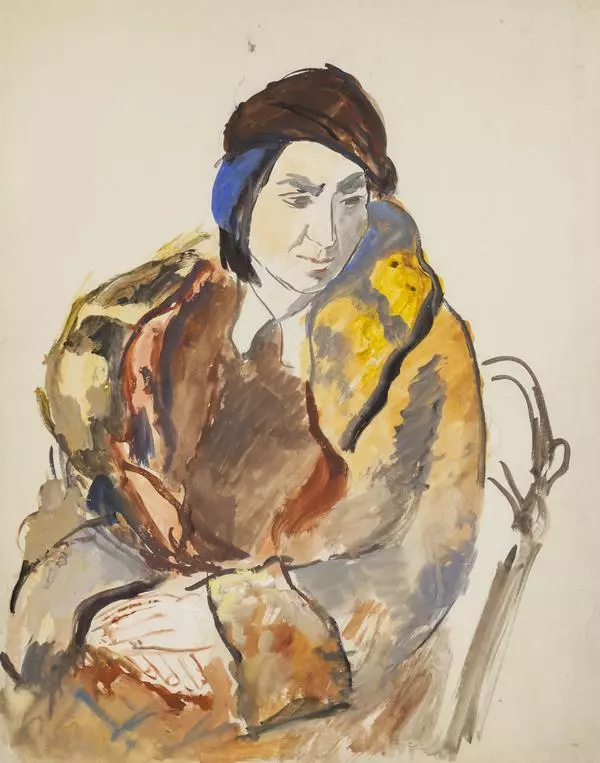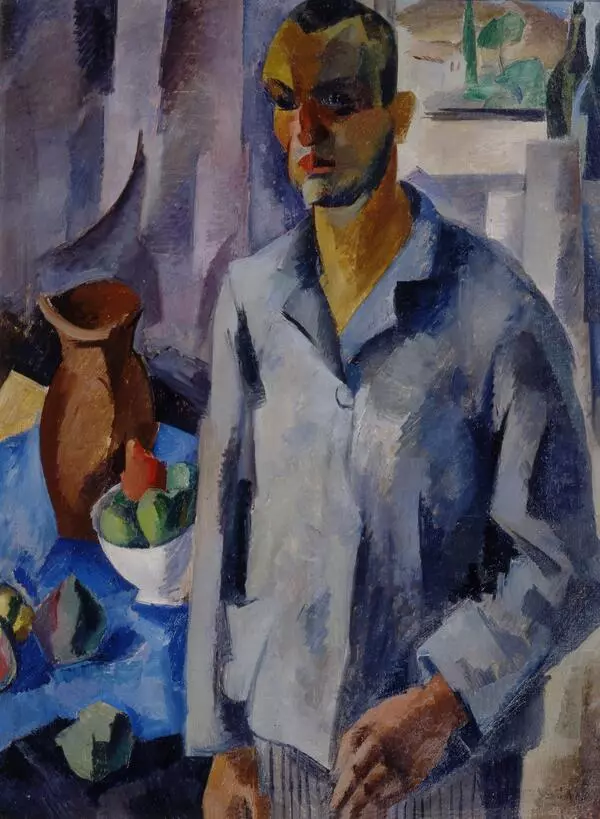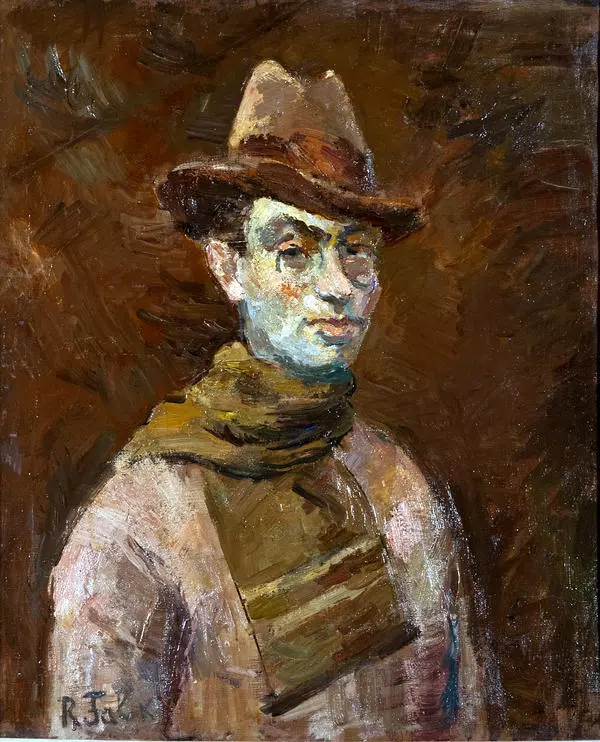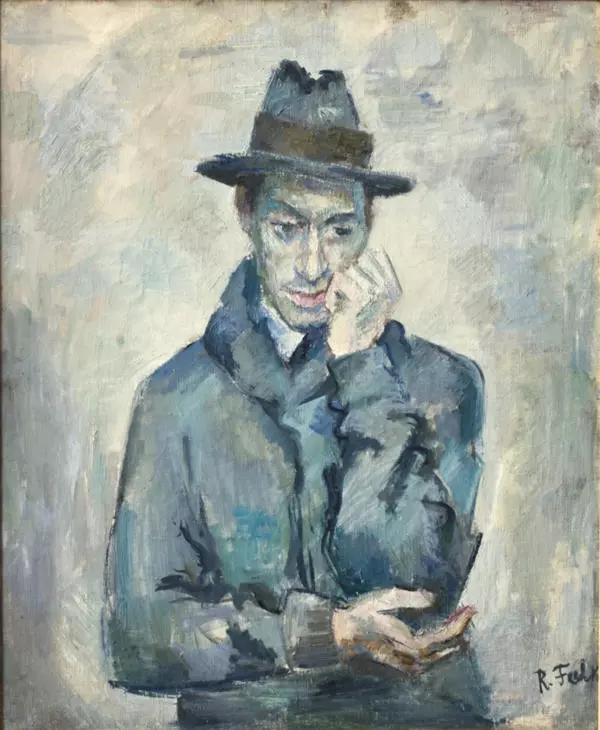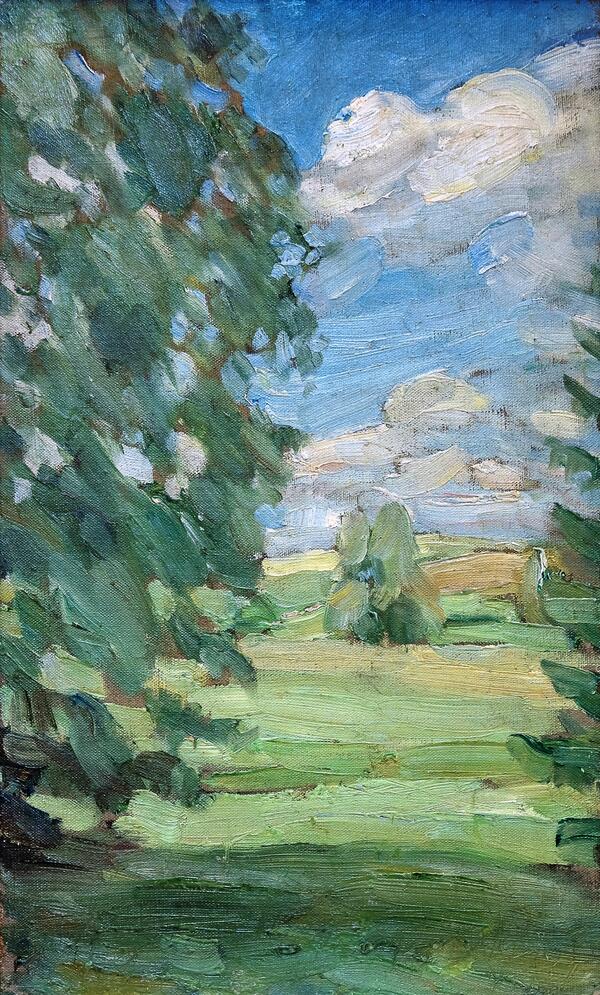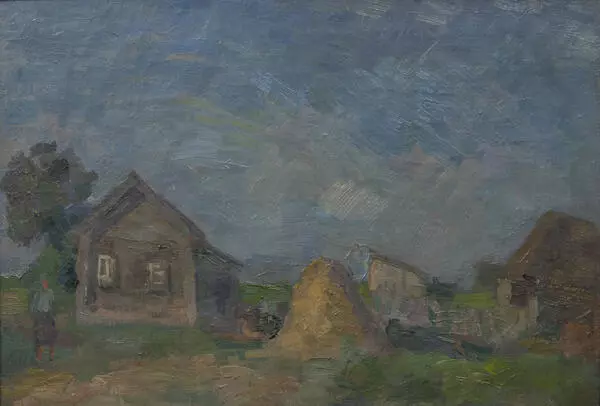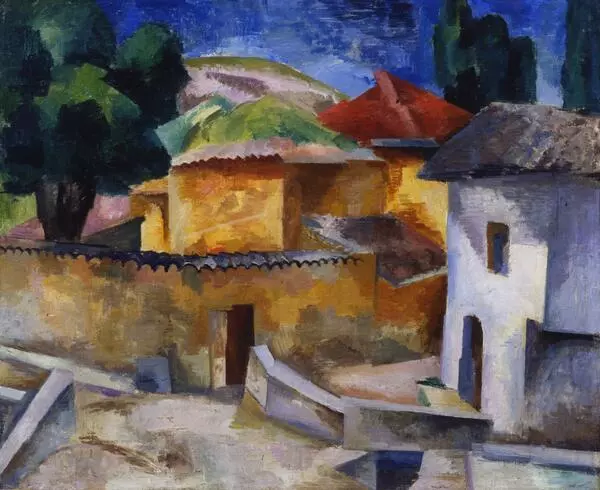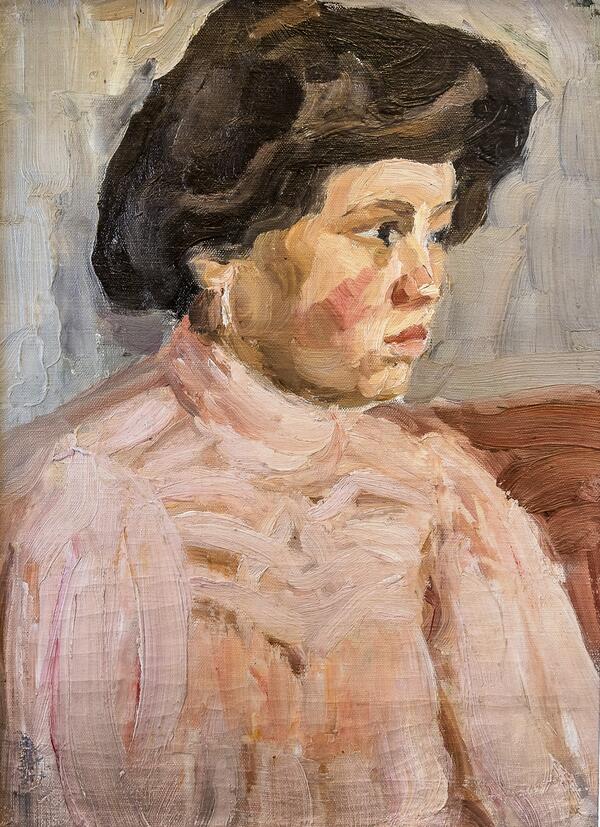Robert Rafailovich Falk is a painter and a drawing artist, a bright representative of Russian avant-garde and modernism. He studied in private studios, in Moscow School of Arts, Sculpture and Architecture, where his teachers were such well-known artists as Abram Arkhipov, Apollinariy Vasnetsov, Leonid Pasternak, and later – Konstantin Korovin and Valentin Serov.
In 1918-1921, Robert Falk worked for the Department of Arts of the People’s Commissariat (Ministry) of Education and introduced significant changes into arts studies. In 1918, he was one of the organizers of the State Free Artistic Studios, and in parallel, he taught in the Higher Art and Technical Institute until 1928.
Robert Falk started his artistic career in the Jack of Diamonds association uniting the followers of Paul Cezanne’s manner. Gradually the artist switched from ‘sezannism’ to Cubism — depicting objects by basic geometric forms in two-dimensional space. Later, like many other members of this association, Falk combined various modern styles in his work and created his individual artistic accent. Using the known techniques and principles of painting, Falk turned to the maximum plainness and naturalness, purposefully contraposing them to the accentuated elegance and estheticism.
The artist met Raisa Idelson, the model of the Girl by the Window, in Vitebsk in the early 1920-s. This was the period of Falk’s creative upswing.
Raisa Idelson, an artist and a poet, graduated from the School of Painting and Drawing Yehuda Pen — the ancestor of Vitebsk artistic school. Marc Chagall also took classes in this School. Raisa as fluent in French and German. She served as a model for both Yehuda Pen and Marc Chagall. Later she married Robert Falk and went to Moscow with him.
Robert Falk created the Girl by the Window in 1926. It reflected the start of the new period of his work — without any signs of Cubism and attempts to dissociate the painted subject into simple elements. Falk’s paintings became less textured, and his light — more dynamic. Falk made it monochromatic and pulsating, so his pieces were saturated with light and in this painting it envelopes the girl’s figure and all the things surrounding her.
The Girl by the Window demonstrates the key trends of the 1920-s: the concept of female portrait changed under the influence of socialist realism, the images became more specific, sometimes – with certain austerity. At the same time, Falk left the feeling of some mystery and delicacy, peace and well-being. Falk’s painting resembles the best samples of the World’s art.
In 1918-1921, Robert Falk worked for the Department of Arts of the People’s Commissariat (Ministry) of Education and introduced significant changes into arts studies. In 1918, he was one of the organizers of the State Free Artistic Studios, and in parallel, he taught in the Higher Art and Technical Institute until 1928.
Robert Falk started his artistic career in the Jack of Diamonds association uniting the followers of Paul Cezanne’s manner. Gradually the artist switched from ‘sezannism’ to Cubism — depicting objects by basic geometric forms in two-dimensional space. Later, like many other members of this association, Falk combined various modern styles in his work and created his individual artistic accent. Using the known techniques and principles of painting, Falk turned to the maximum plainness and naturalness, purposefully contraposing them to the accentuated elegance and estheticism.
The artist met Raisa Idelson, the model of the Girl by the Window, in Vitebsk in the early 1920-s. This was the period of Falk’s creative upswing.
Raisa Idelson, an artist and a poet, graduated from the School of Painting and Drawing Yehuda Pen — the ancestor of Vitebsk artistic school. Marc Chagall also took classes in this School. Raisa as fluent in French and German. She served as a model for both Yehuda Pen and Marc Chagall. Later she married Robert Falk and went to Moscow with him.
Robert Falk created the Girl by the Window in 1926. It reflected the start of the new period of his work — without any signs of Cubism and attempts to dissociate the painted subject into simple elements. Falk’s paintings became less textured, and his light — more dynamic. Falk made it monochromatic and pulsating, so his pieces were saturated with light and in this painting it envelopes the girl’s figure and all the things surrounding her.
The Girl by the Window demonstrates the key trends of the 1920-s: the concept of female portrait changed under the influence of socialist realism, the images became more specific, sometimes – with certain austerity. At the same time, Falk left the feeling of some mystery and delicacy, peace and well-being. Falk’s painting resembles the best samples of the World’s art.
